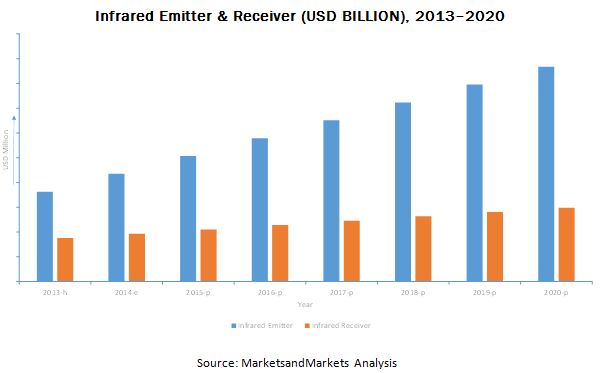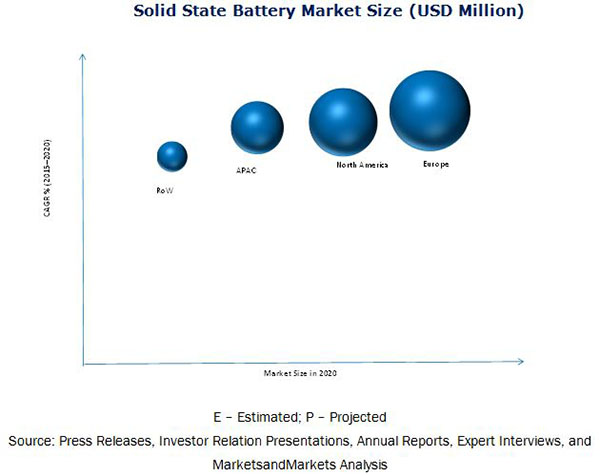BUILDING ALARM
MONITORING IS A KEY TECHNOLOGY FOR SAFETY AND SECURITY
Alarm monitoring is a detailed, real-time
communication between security system sensors and a central control and
monitoring system of the security services and solutions provider. The various
players in the security & surveillance market are implementing alarm
monitoring techniques by integrating alarm monitoring modules in residential &
commercial buildings, government & public buildings, and other areas to
make them safe.
Increasing terrorist attacks and acts of violent crimes, which lead to loss of property and life, can be minimized by implementing these systems. In addition, alarm monitoring systems are used in tracking equipment & systems and in the healthcare industry for tracking medical equipment, remotely monitoring patients, and telemedicine purposes. The alarm monitoring market has also gained importance in the European Union, where guidelines have been imposed to install alarm systems in commercial buildings.
The growth of this market is being pushed by the increase in crime rates. The rapid growth and penetration of smartphones and other handheld smart devices such as tablets has created unique opportunities for companies providing real-time alarm monitoring systems and services.
The report on the alarm monitoring market analyzes the complete value
chain and explains in detail the major segments and subsegments of the market.
The market for alarm monitoring has been segmented on the basis of input
signal, communication technology, component, and end-user. These segments and
subsegments have been discussed in detail, along with current market size and
future projections in terms of revenue. It also analyzes the market trends, along
with the market dynamics, such as drivers, restraints, opportunities, and
challenges, pertaining to the industry. The report profiles the leading players operating in
the market, along with their recent developments and other strategic business
activities.
The competitive landscape section of the report provides key growth strategies and a detailed market ranking analysis of the major players in the alarm monitoring market. Some of the major players in this market are ADT Corporation (U.S.), Honeywell International Inc. (U.S.), Monitronics International (U.S.), Tyco International Ltd. (Switzerland), United Technologies Corporation (U.S among others.





